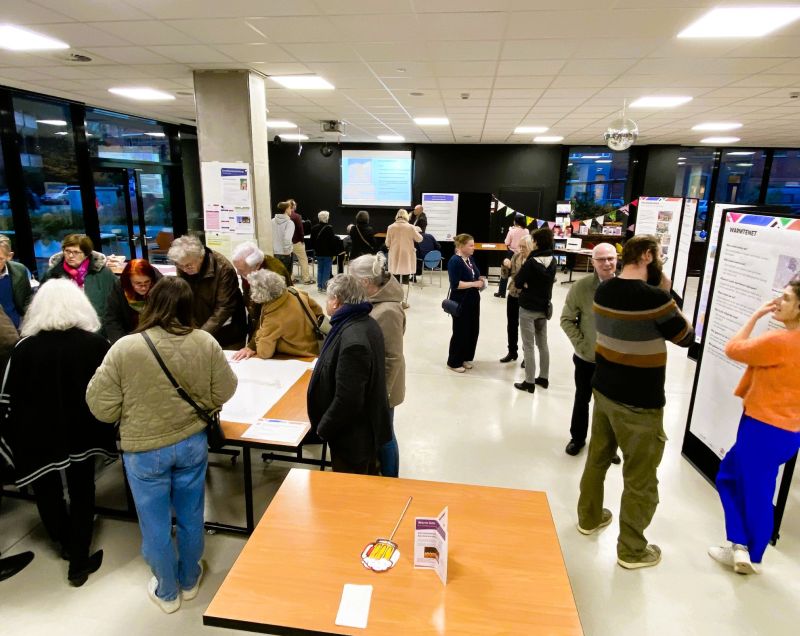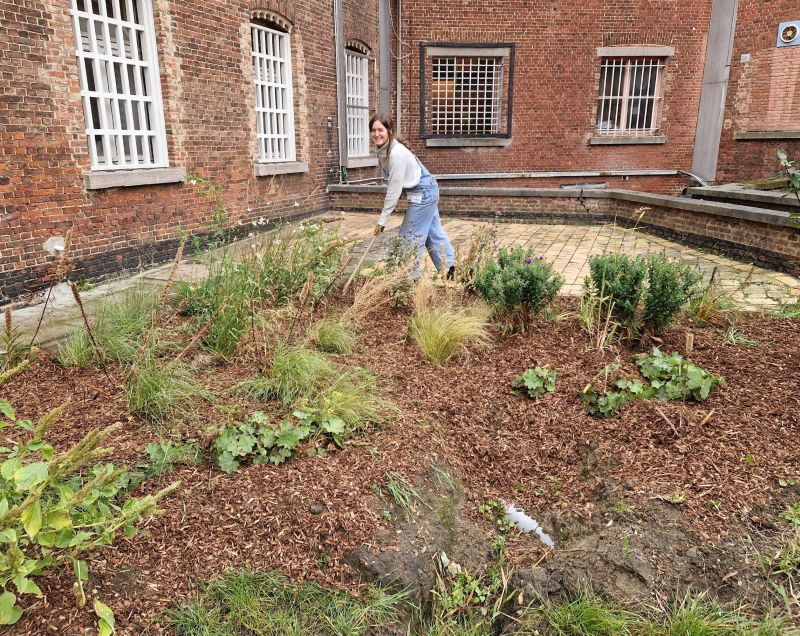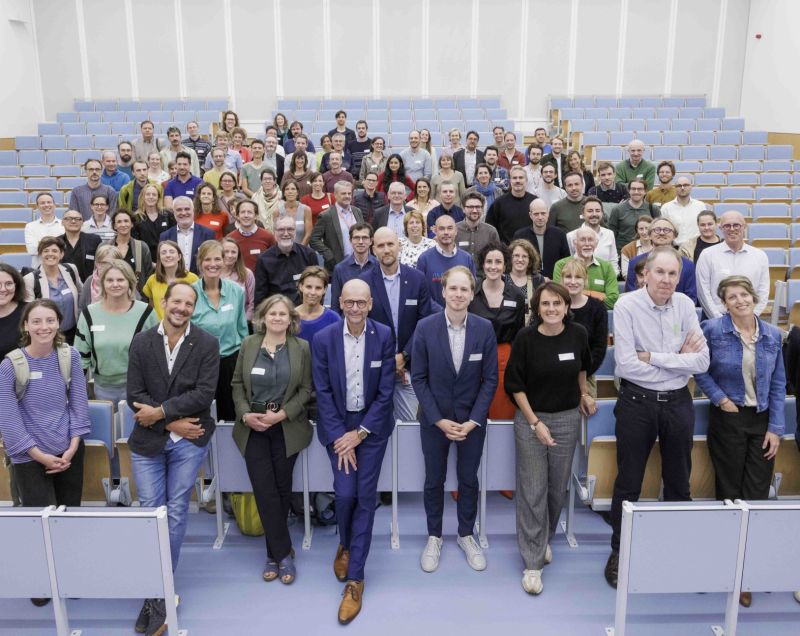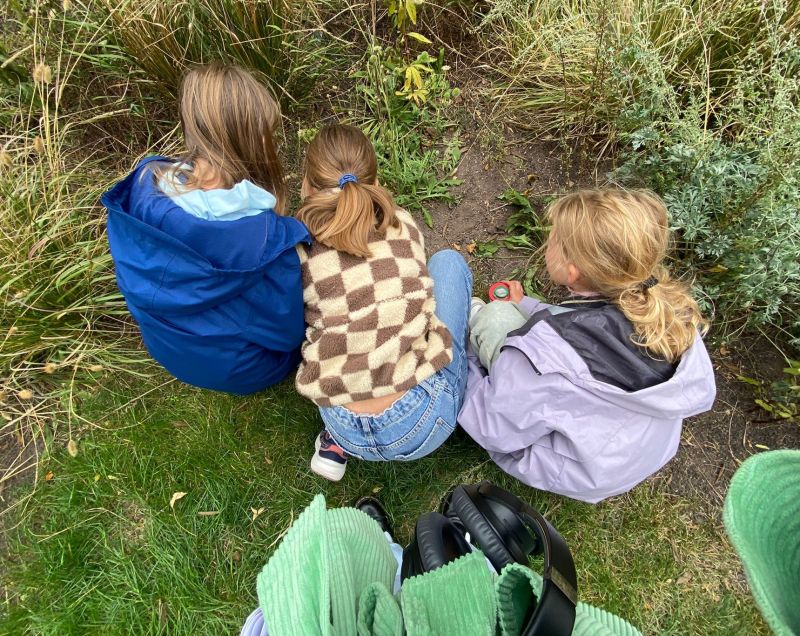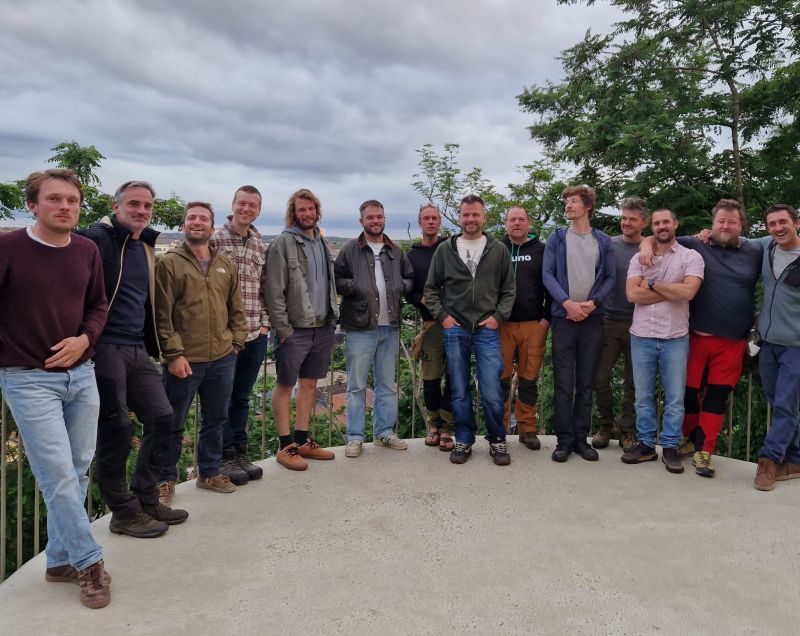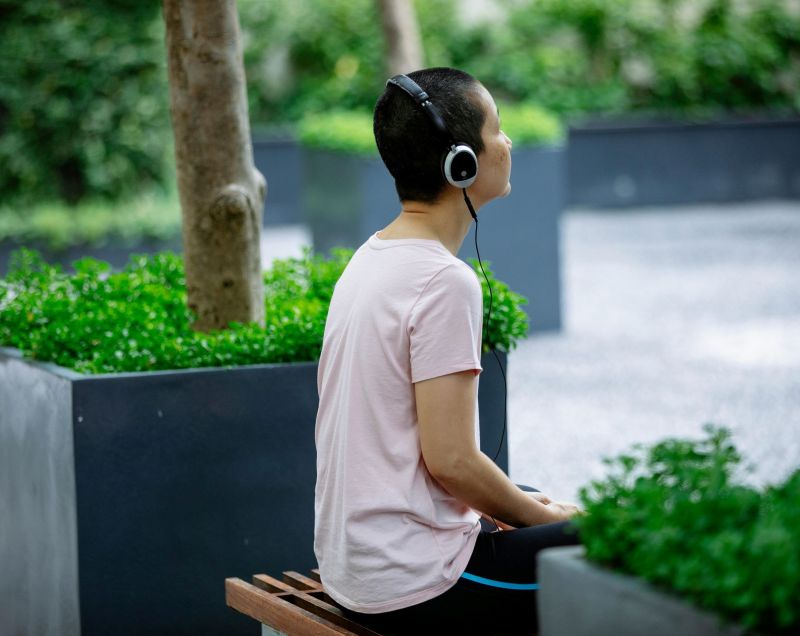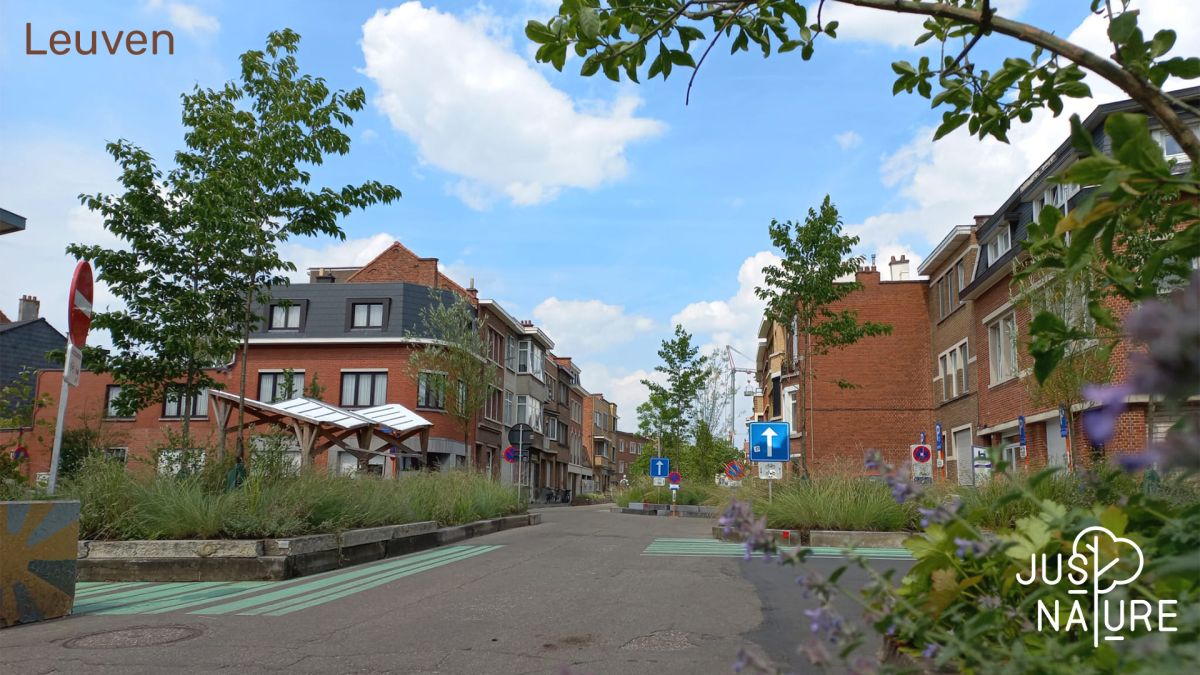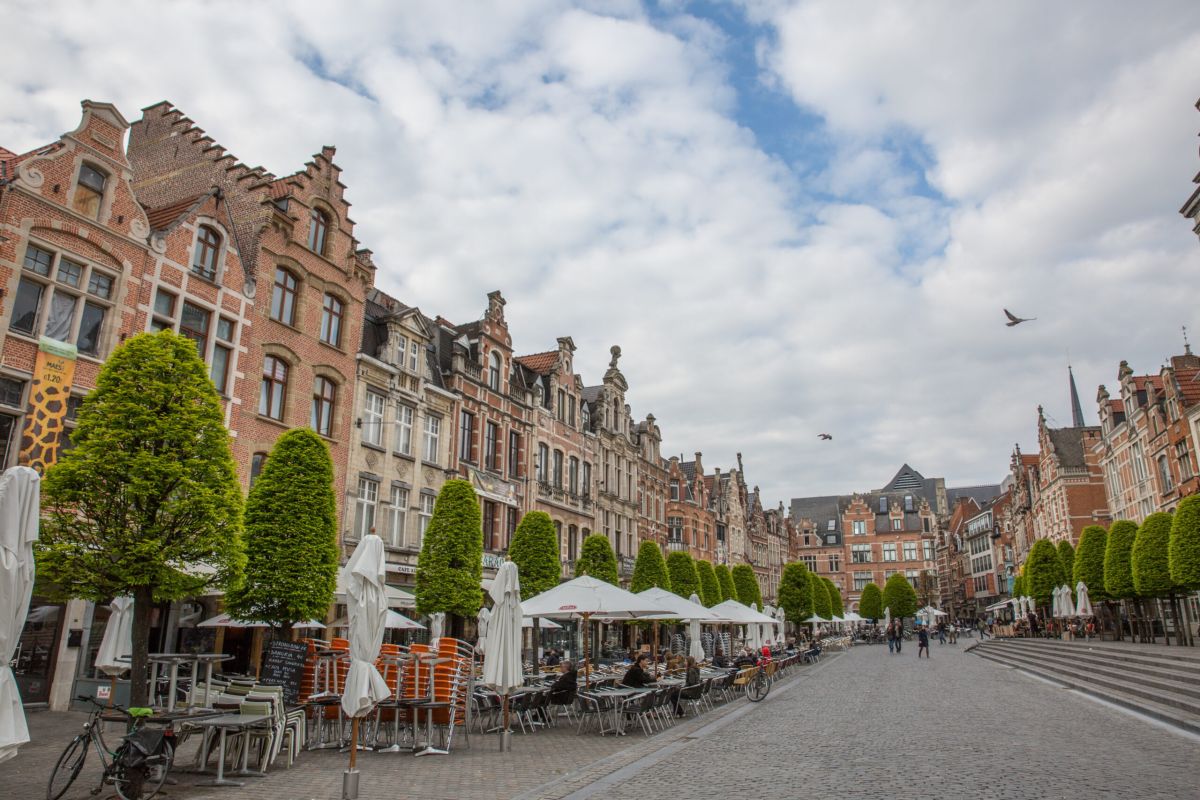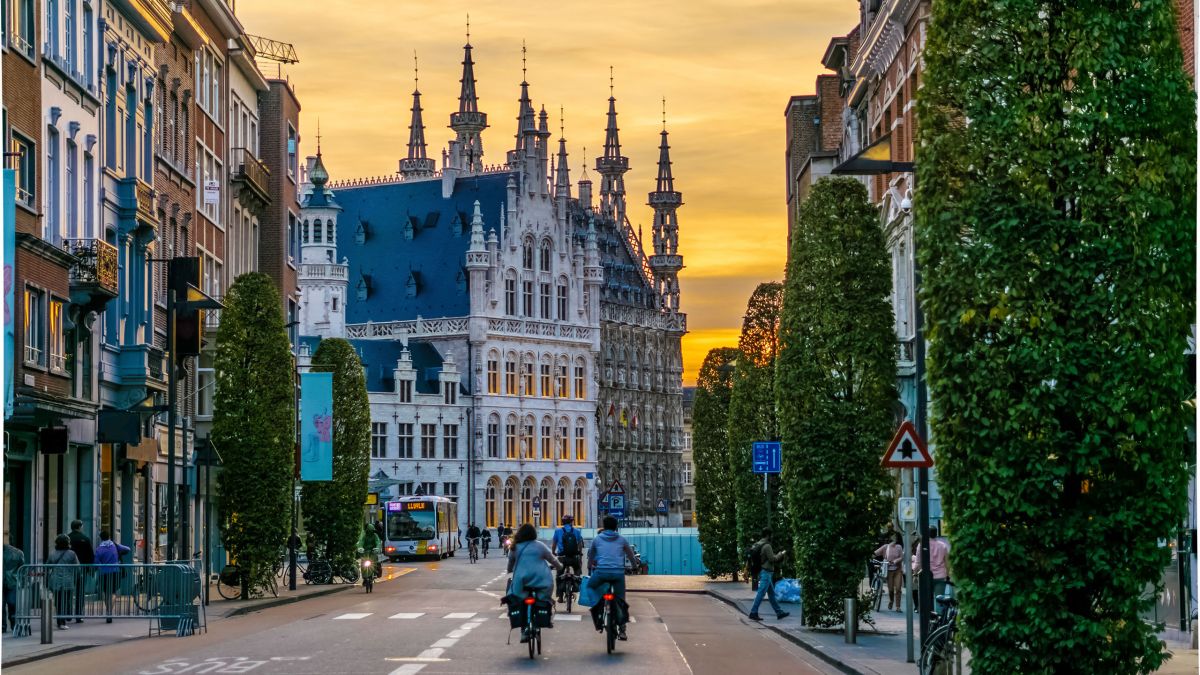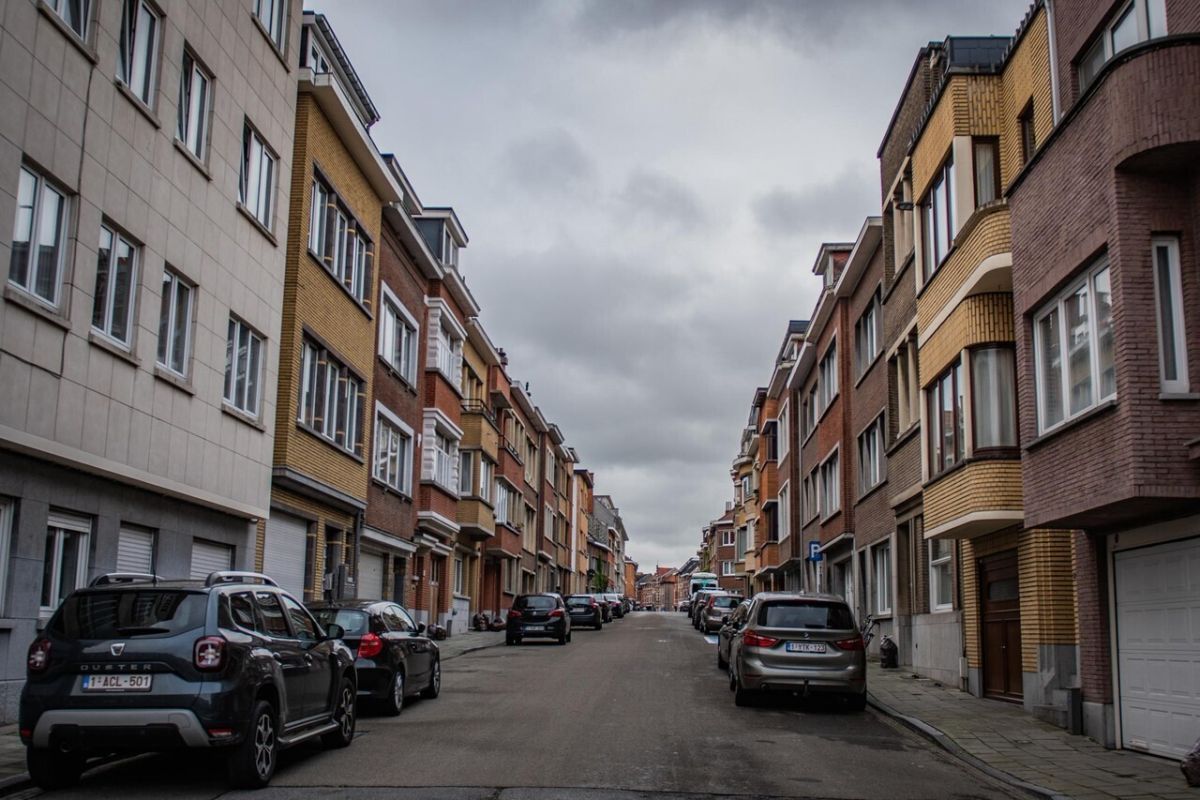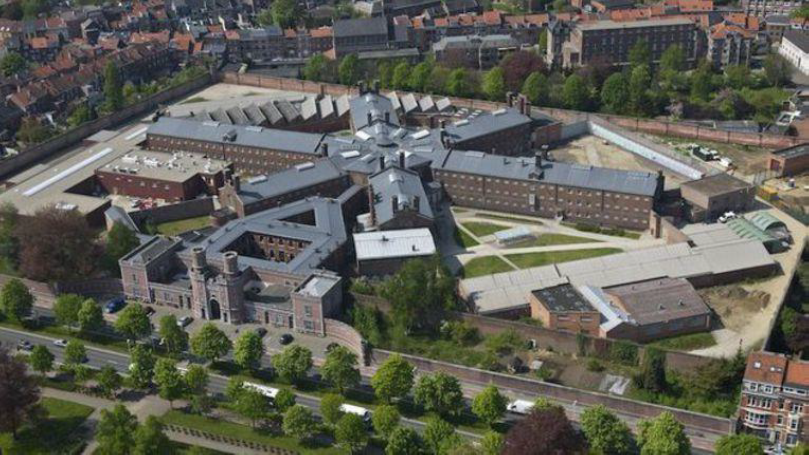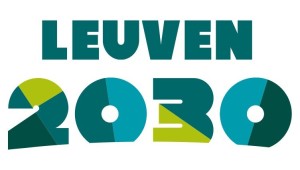The City
Leuven is a vibrant city, centrally located in Belgium and Europe. The city, situated around the Dyle river, is known for its heritage and famous university. By the size of 57 square Kilometers with just 100,000 inhabitants, many students and scholars are in the residential area(ca. 40.000) resulting from internationally renowned knowledge institutions with a robust young graduate population. Key urban green spaces in the city center are scattered, consisting of private gardens and public greens such as a botanical garden and several parks. Outside the center, several forests are located North and South of the center, situated within the valley of the river Dyle. Due to the intensely growing population, Leuven faces challenges of high land-use pressure that limits public and urban space availability in the medieval city center. The increasing need for Nature-based Solutions assures a qualitative urban future enduring increasing climate change impacts: urban heat island, flood risk, droughts & biodiversity loss.

